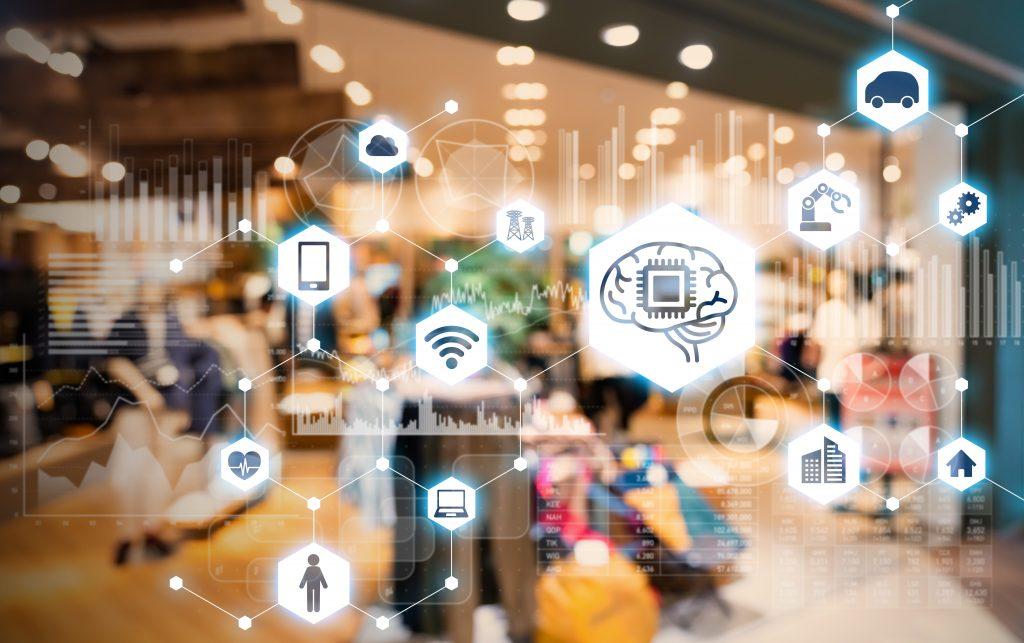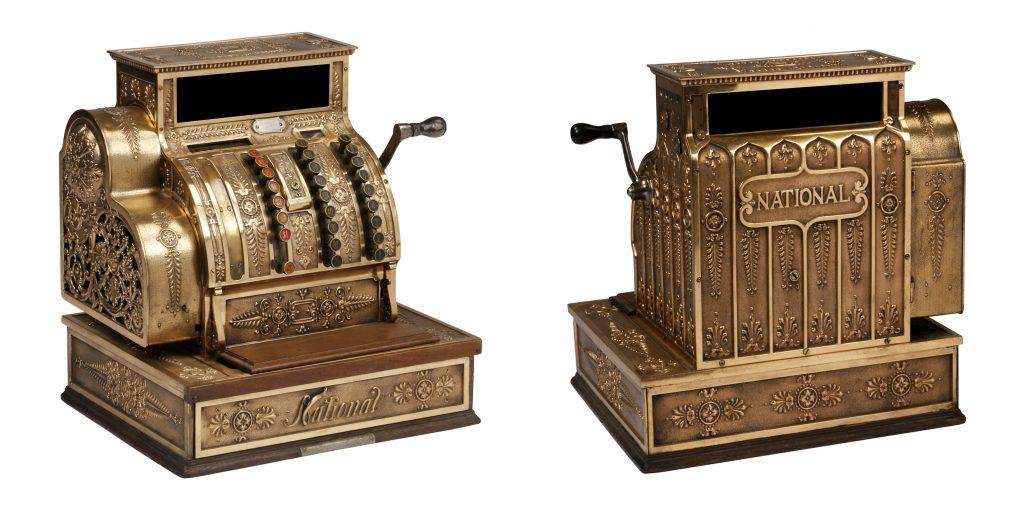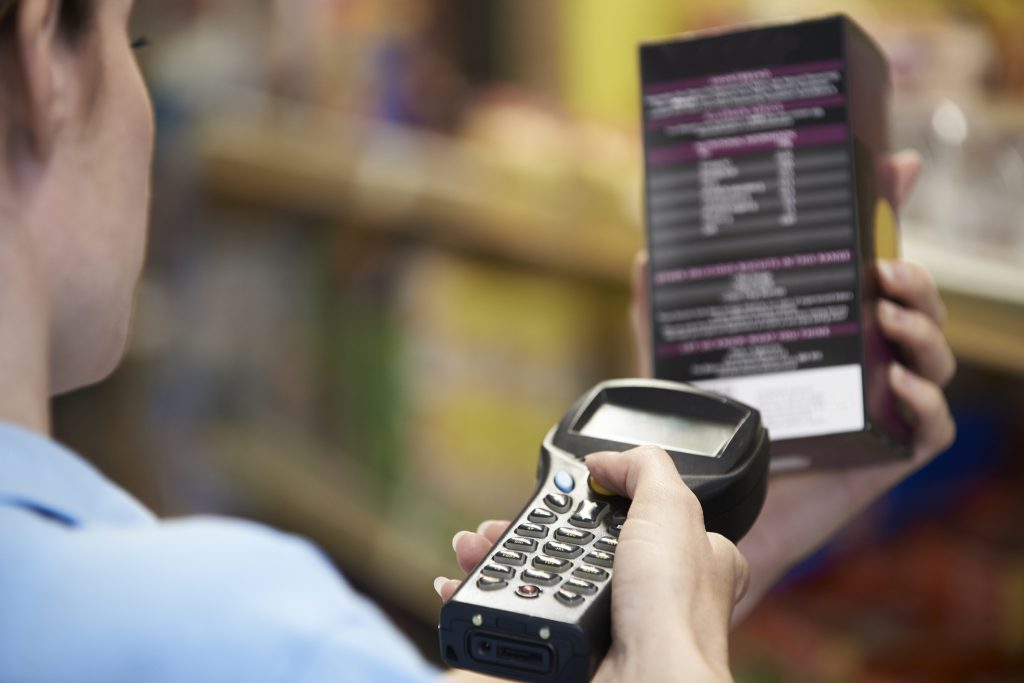Retail has an extensive history spanning hundreds of years to become what we know it as today. Even now retail is constantly having to change and adapt to keep up in an ever digitising world. From the local grocer where Brits once did their entire food shop, to a high street packed with retail giants all competing for business both physically and online, the world of retail is a world away from what it was just a few decades ago.
Retail is one of the most important sectors in the world and involves so many different industries and roles. Here we’re going to take a brief look at where retail started, how it developed and where it is now.

Humble Beginnings
Before we delve into the technologies and processes of retail that we are all familiar with, here’s a quick look at what could be considered the earliest form of retail: barter systems.
Dating back as early as 9000-6000 BC, barter systems were how early civilisations operated. Animals such as camels, sheep and cows were traded for goods, essentially making them a very early form of currency. People would barter goods they had in surplus for ones they lacked, and this form of ‘retail’ was first recorded in Egypt.
No one is entirely sure how bartering developed into currency exchange. Some theories suggest it was done to eliminate the hassle of needing to find a person in possession of something you’d be willing to barter for, whereas others suggest that currency was invented to act as an unquantifiable obligation, which then turned into a quantifiable one – an exchange of credit.
Many cultures developed commodity money; ancient China, Africa and India used cowry shells. The Mesopotamian civilisation had the shekel, first recorded in 3000 BC, a measurement of weight. In 650 BC, Lydia (now Turkey) adopted a coinage that soon became adopted in mainland Greece and Persian Empire, which allows trade to flourish across the Mediterranean world.
19th Century Innovations
Leaping forward into the 19th century, we start to see where many aspects of modern-day retail come to life. The cash register was invented in 1883 by James Ritty, who owned a saloon and wanted to find a way to stop his employees from pocketing money from customers instead of putting it into the business. Inspired by a machine he saw on a ship bound for Europe which counted the number of times the propellers completed a revolution, Ritty invented the cash register with the help of his engineer brother, allowing him to keep an accurate track of sales.
The later end of this century saw the rise of the department store. No longer were small, family-owned specialised shops the only option for the consumer, department stores were emerging to give shoppers more choice. This first took off in the US with Marshall Fields, later renamed Macy’s. The opening of the famous London department store, Selfridge’s, in 1909, marked the UK’s departure from small-scale shops into the department store age.

Moving Forward
Moving into the 20th century, this brought about some innovated technology and ideas designed to streamline the retail process for both consumers and employees.
In the 1940s, the first credit card emerged – known then as ‘charge cards’ – allowing people to pay without having to withdraw money from the bank. It also worked in the retailers’ favour, as they noticed a trend in people spending more money when they used these cards.
The shopping trolley was invented in 1937 by Oklahoma supermarket owner Sylvan Goldman, evolving from the wire hand-basket as a solution to shoppers having to carry baskets that were too heavy. The shopping trolley didn’t arrive in the UK until 1950 at a Sainsbury’s in Croydon.

Barcodes
In 1974, the world of retail was changed forever. A pack of Wrigley chewing gum became the first item in the world to have its barcode scanned in a supermarket in Ohio. This revolutionary technology completely changed the way people shop. With barcodes, inventory tracking methods were vastly improved, allowing consumers to move through the checkout process infinitely quicker, and for business owners to track their stock. Barcode inventory systems allowed for a more streamlined asset tracking process.
In fact, some big chain supermarkets in the UK have since adopted handheld barcode scanners for their customers to use whilst they shop. This allows the consumer to scan their own items whilst they’re shopping, so they can simply pay when they leave, skipping the checkout queues entirely.

The Digital Age
One of the biggest changes to the retail industry in the last few decades has been the shift to online shopping. The online retail market is ever growing, with a higher and higher percentage of sales being made online every year. In fact, a large portion of the blame for the demise and closure of some of the UK’s biggest retailers has been credited to the rise of online shopping, due in particular to competition from the likes of Amazon.
The history and development of retail has always been driven by one thing: convenience. Convenience to the consumer, to the business owner and the employees. Technologies evolved and developed to make purchasing easier and faster. Shops grew in size to cope with the massive demand for more – more choice, more price variations. Online shopping boomed due to the sheer convenience of paying for goods in an instant via practically any device and having it brought straight to your door.
This digitalisation is expected to continue. With companies like Amazon trialling same-day delivery, it will be interesting to see how this convenience race plays out, and if the humble shops on the high street will survive.

















